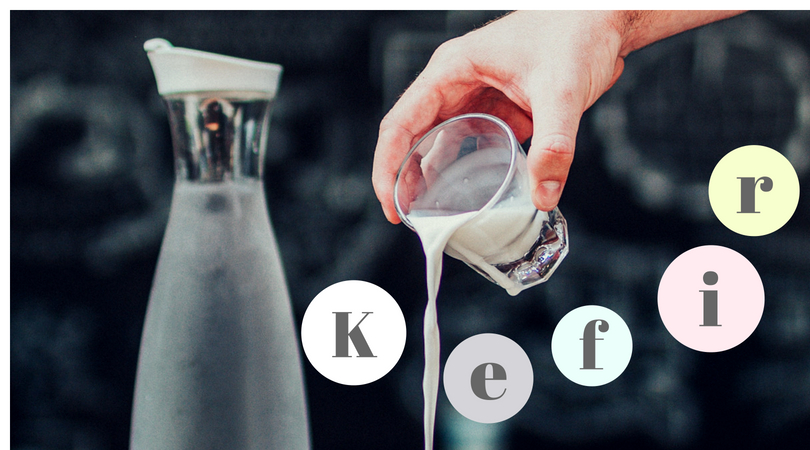
When you first arrive in Russia, you might notice this strange product in the supermarket refrigerators. It’s called kefir and it looks like milk – but don’t try adding it to your tea or coffee!
Kefir is a cultured milk drink that originated in the Caucasus Mountains. It’s most popular in Russia and Central Asia, although it can be found all over the world. Kefir is made using kefir grains, which contain a variety of bacteria and yeasts. These grains are fermented in milk to produce a drink that looks a bit like thin yoghurt.
Kefir tastes like yoghurt, but with a sour edge and a hint of fizz. The tart taste can take some getting used to at first, but once you get used to it, it’s actually quite refreshing. The sourness is caused by the grains, which ferment the lactose in the milk to produce lactic acid, which in turns causes the bacteria in the grains to proliferate and produce carbon dioxide. The longer the drink is left to ferment, the sourer it tastes.
Besides getting a taste of Russian culture? Well, for one thing, kefir comes with a whole host of health benefits. Not only is it a good source of calcium, protein and other nutrients, but it’s also packed to the brim with probiotics, the friendly bacteria that help your stomach run smoothly. For this reason, kefir is a popular cure-all in Russia. It’s said to improve digestion and help prevent and treat gastrointestinal problems, and many Russians attribute their svelte figures to kefir, which is believed to help control appetite and manage weight.
And there is science to support kefir’s status as a superfood, with some studies suggesting that kefir can help control blood sugar, lower cholesterol, and might even have anti-bacterial, anti-inflammatory and anti-cancer properties too. (However, it’s worth noting that further research is required before we can say for certain if these effects exist for humans in the real world.)
There’s also some evidence to suggest that, because kefir grains break down all the lactose in the milk, kefir is safe for individuals who are lactose intolerant. So, if you usually have to avoid dairy, you might still be able to give kefir a whirl.
Kefir is ready to drink straight from the carton, so you don’t need to do anything to cook or prepare it. You can:
If you don’t like plain kefir, you can buy brands that have added sugar or flavours. Alternatively, you can sweeten it yourself, for example with cinnamon or cocoa.
That said, kefir is also a versatile cooking ingredient (although heat is likely to reduce the probiotic properties). An online search reveals thousands of kefir recipes, from sourdoughs and banana bread to meat marinades and potato salads. Kefir is also the main ingredient in okróshka (a cold Russian soup) and chłodnik litewski (a cold Lithuanian soup) and can be added to hot soups to make them creamier.
By now, you should be well and truly caught up with kefir. Once you’ve tried it, why not let us know what you think on Facebook or Instagram? We’re sure you’ll be as kefir-krazy as we are in no time!

Students will be happy to learn that the Russian Government has today announced plans to make Russian language easier in an effort to simplify greater international engagement. …

In a previous post, we revealed that Russians don't really say “na zdarovje” when they toast. While the phrase has been popularised in English language media – and a lot of Russians will nod politely and clink glasses with you if you use it – it’s not something a native speaker would ever…
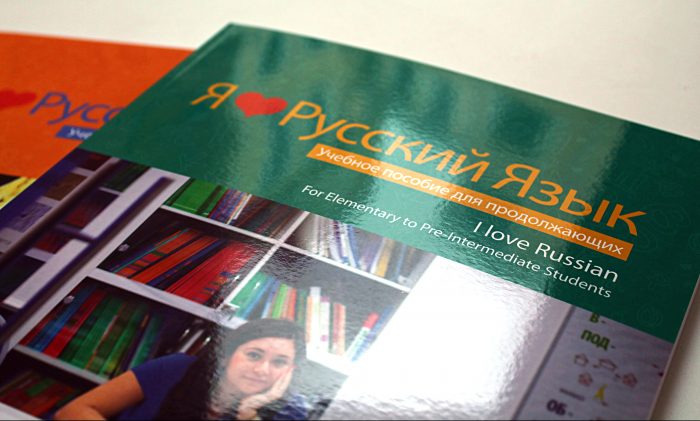
Improve your Russian while working as an expat? Mission possible! …

What could be a better way for Russian immersion than reading, especially when you read the books that you find interesting and that can give you a better idea of the culture of Russia? Co-founder of Liden & Denz, Walter Denz shares his experience on how reading Russian literature can improve your…
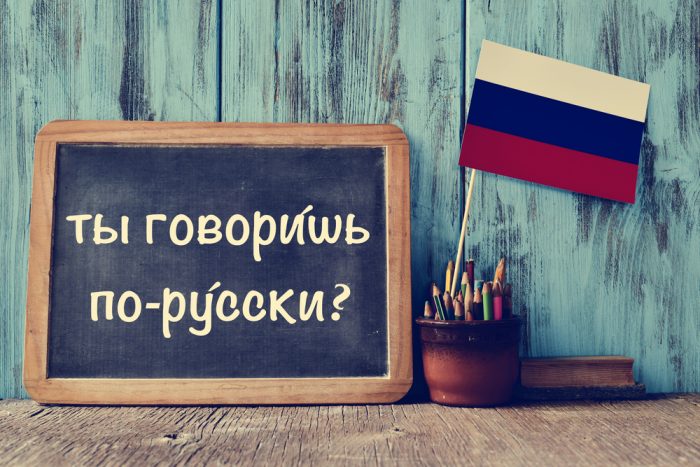
Learning a language is hard. Keeping it when you don't have classes is even harder. So this article is not about how to learn Russian, but how to maintain your Russian. …
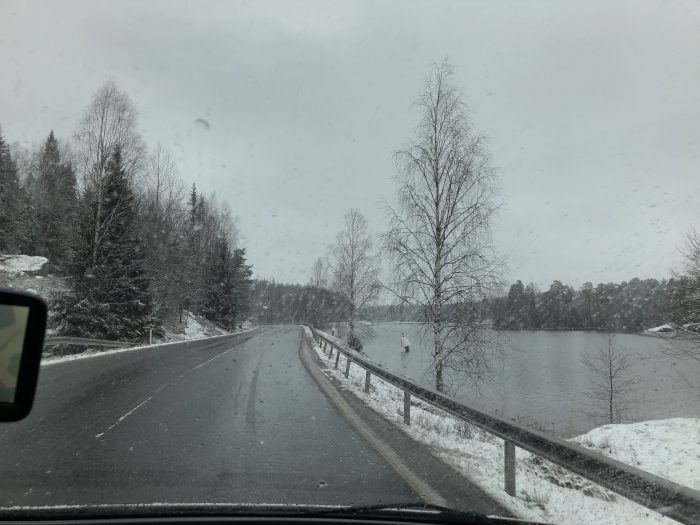
I love Russia. I have been living in St. Petersburg for almost two months, and after travelling all around the world it feels like I have finally found a place where I would see myself settling down. The inexorable beauty of the streets, the architecture, the importance of art and culture, the water…

Oh, the Russians! I was recently watching the last season of Stranger Things and, to my surprise, Russians are quite present there. For those of you who might not be familiar with the TV series, it is set on an American town during the 80s. And what do we recall from those times? The unique fashion…
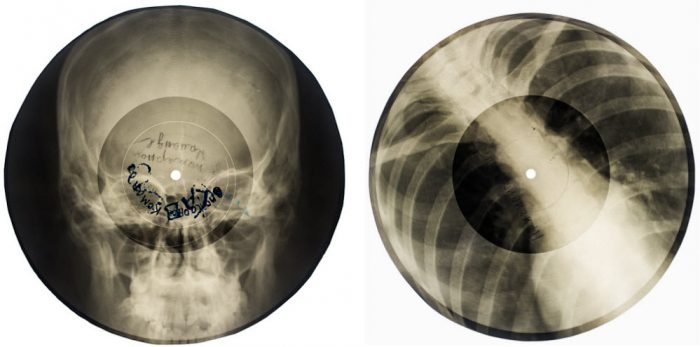
In an attempt to improve my Russian skills, I decided to start watching a TV series in Russian. After thorough research, the result of which you can read on my post about how to learn Russian with Netflix, I decided I would start watching Fartsa. I am no sure of how much Russian I am learning thanks…